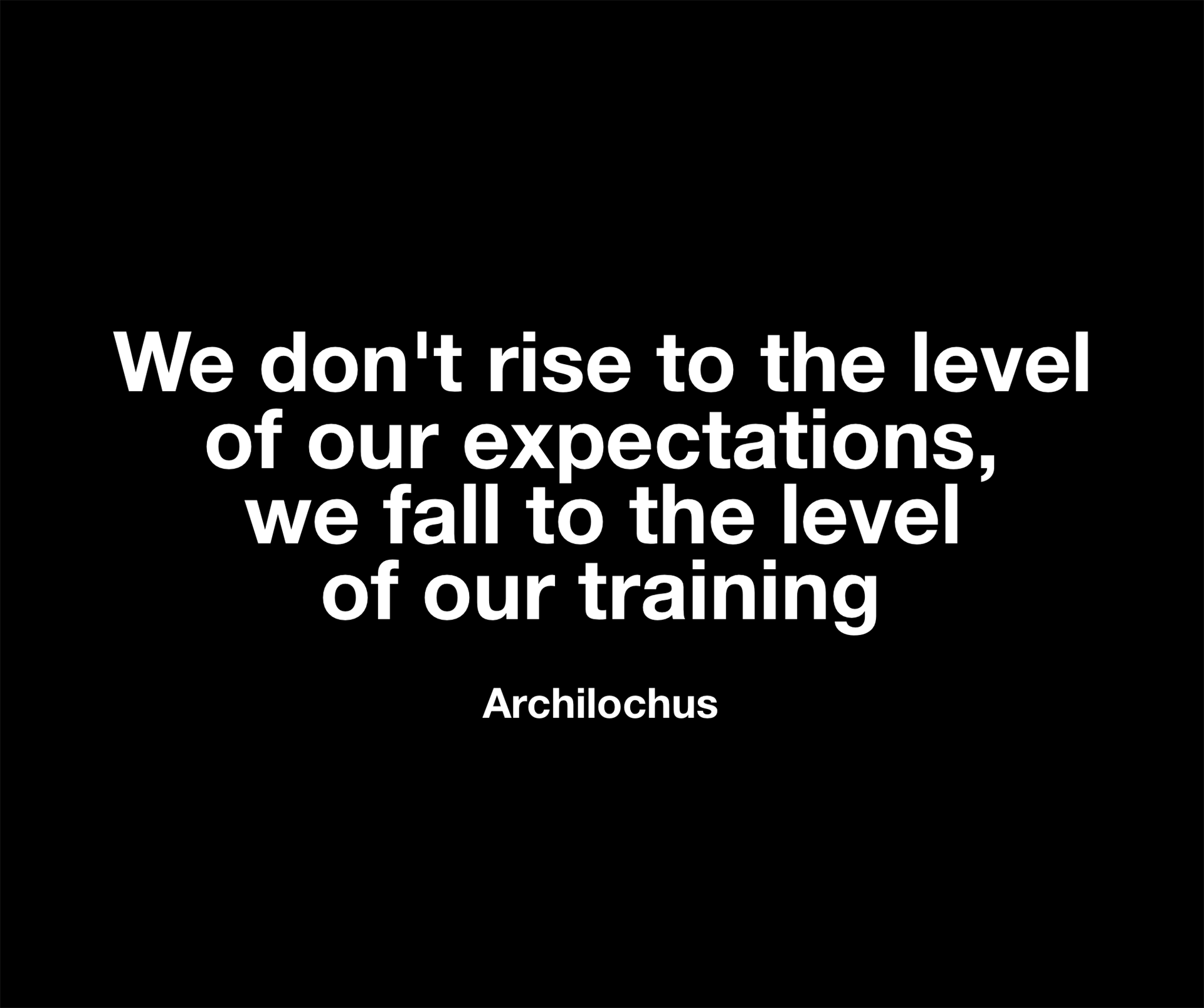

Fear of Falling
Fear in itself is an enormous topic and one of significance to many of us, so we'll scratch on the surface of one fear common to our world - the fear of falling.
The fear of falling (FOF), also referred to as basophobia (or basiphobia), is a natural fear and is typical of most humans and mammals, in varying degrees of extremity. It differs from acrophobia (the fear of heights), although the two fears are closely related. The fear of falling encompasses the anxieties accompanying the sensation and the possibly dangerous effects of falling, as opposed to the heights themselves.
We all feel it to varying degrees. How to approach or reduce this fear? These are some ideas:
Exposure. Small incremental safe steps one at a time right on the edge of your own comfort zone - wherever that may be. Stretch. If you're Bouldering, then focus intently on that one specific part of the problem and the body moves required in that moment. The fear is still there but focus on the moves and how they feel.
The moments have a compounding effect and the drips become a stream. If you're on a rope, then the same approach is required - take some safe small falls and build on the experience.
And yes it all starts with facing that fear. The key is to make them manageable bite sizes rather than undigestible large ones. This is the training required in this space and our limits expand accordingly.
Some interesting light reading in the studies below care of Wikipedia..
Studies done by psychologists Eleanor J. Gibson and Richard D. Walk have further explained the nature of this fear. One of their more famous studies is the "visual cliff". Below is their description of the cliff:
…a board laid across a large sheet of heavy glass which is supported a foot or more above the floor. On one side of the board a sheet of patterned material is placed flush against the undersurface of the glass, giving the glass the appearance as well as the substance of solidity. On the other side a sheet of the same material is laid upon the floor; this side of the board thus becomes the visual cliff.[1]
Thirty-six infants were tested in their experiments, ranging from six to fourteen months. Gibson and Walk found that when placed on the board, 27 of the infants would crawl on the shallow side when called by their mothers; only three ventured off the "edge" of the cliff. Many infants would crawl away from their mothers who were calling from the deep end, and some would cry because they couldn’t reach their mothers without crossing an apparent chasm. Some would pat the glass on the deep end, but even with this assurance would not crawl on the glass. These results, although unable to prove that this fear is innate, indicate that most human infants have well developed depth perception and are able to make the connection between depth and the danger that accompanies falling.
In May 1998, Behaviour Research and Therapy published a longitudinal survey by psychologists Richie Poulton, Simon Davies, Ross G. Menzies, John D. Langley, and Phil A. Silva of subjects sampled from the Dunedin Multidisciplinary Health and Development Study who had been injured in a fall between the ages of 5 and 9, compared them to children who had no similar injury, and found that at age 18, acrophobia was present in only 2 percent of the subjects who had an injurious fall but was present among 7 percent of subjects who had no injurious fall (with the same sample finding that typical basophobia was 7 times less common in subjects at age 18 who had injurious falls as children than subjects that did not).
4 Mar 22
.png)